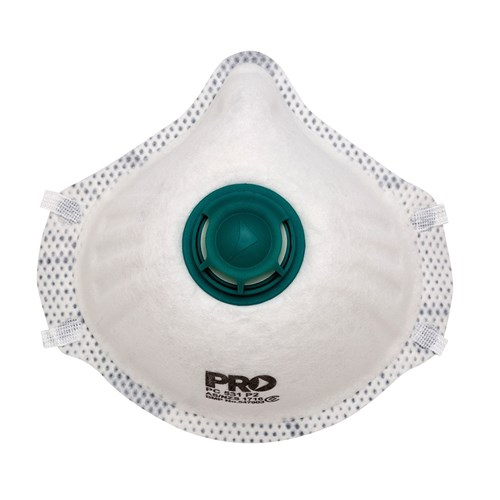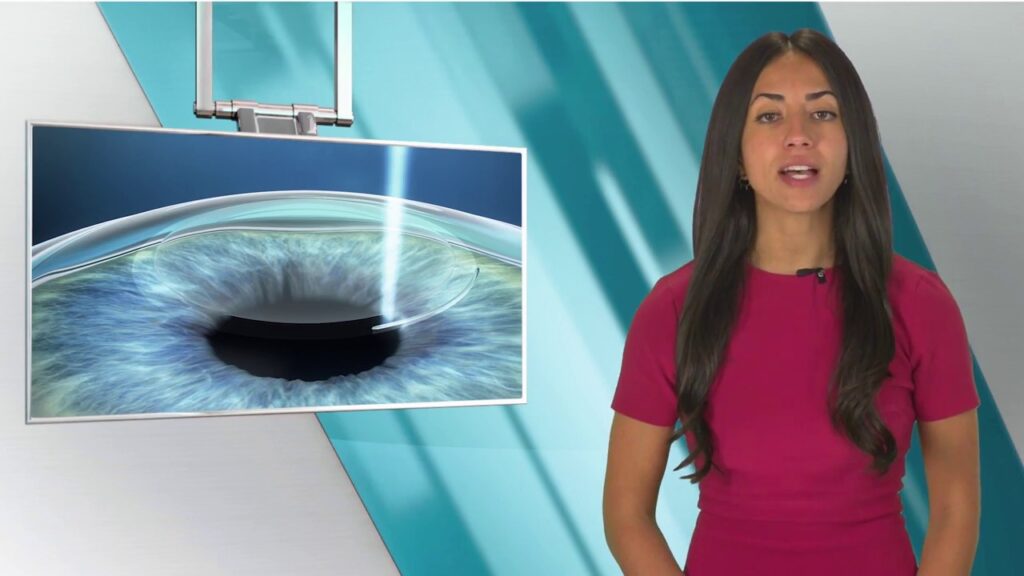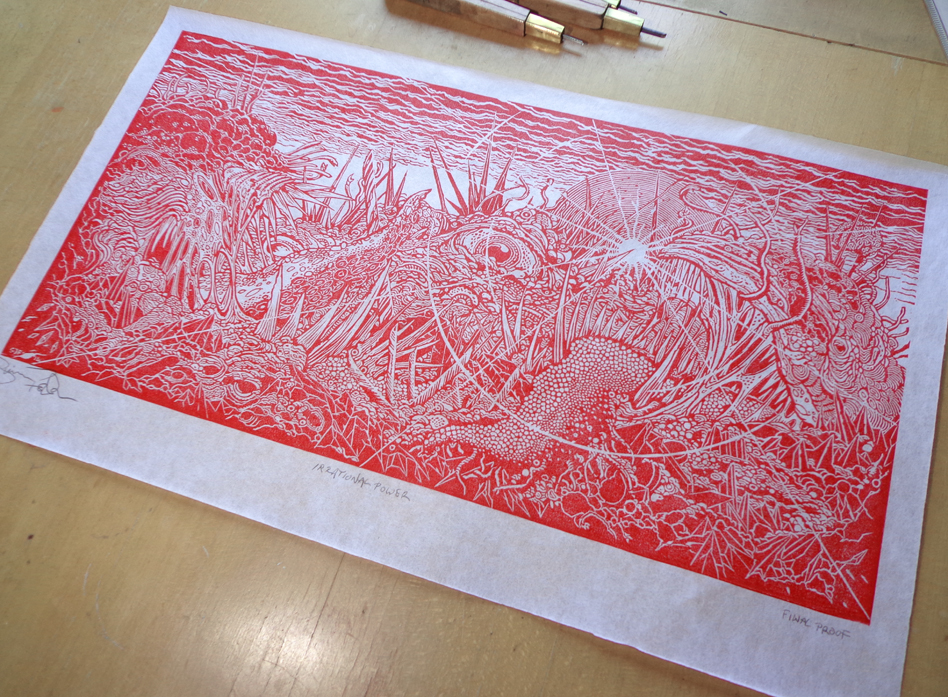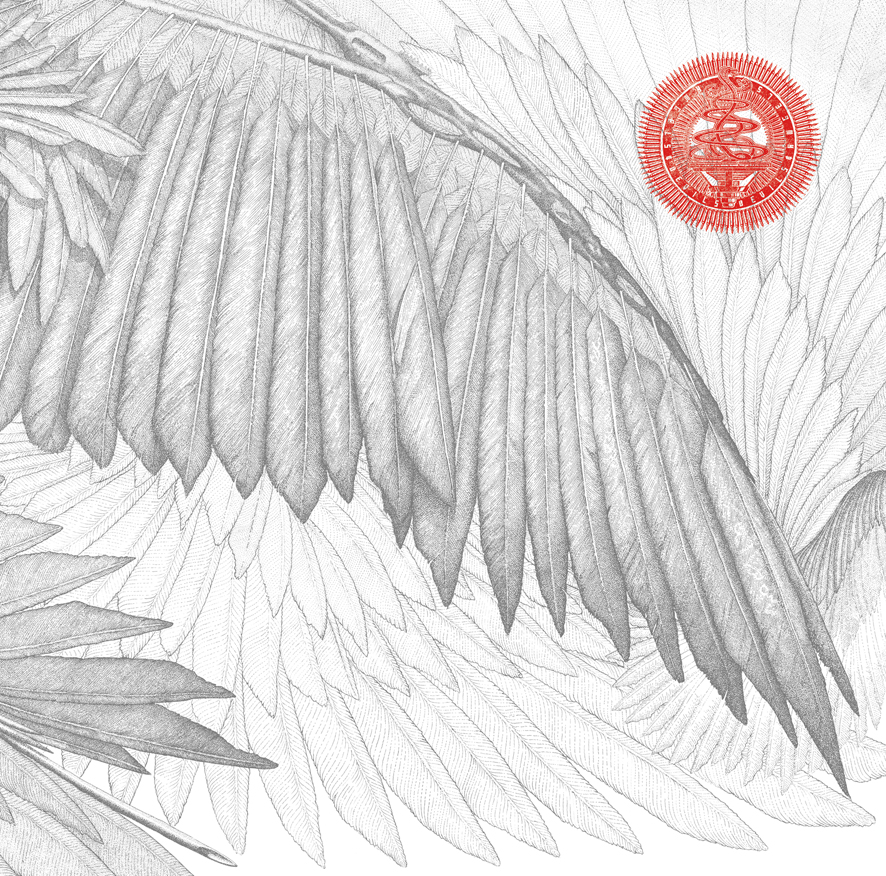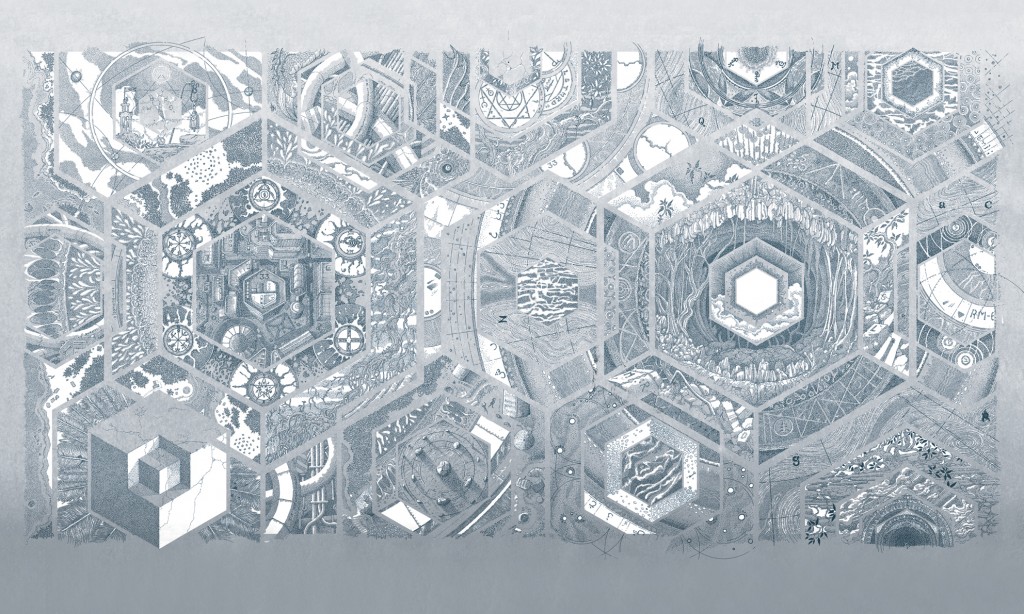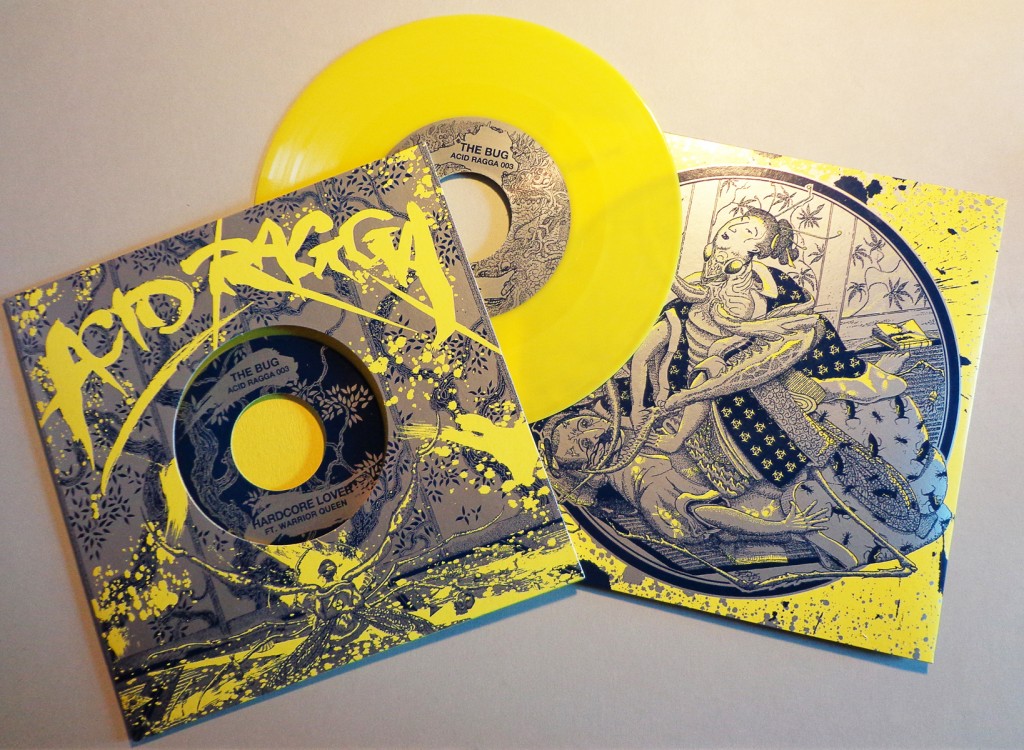When worn appropriately, a disposable P2 mask, which is also referred to as P2/N95 respirators, has the ability to remove very fine particles from the air and, as a result, reduce the risk of Q fever and another airborne transmission of infectious diseases when working in potentially contaminated areas. This is not a replacement for being vaccinated against Q fever. Getting vaccinated is the most efficient approach to protect yourself from Q fever.
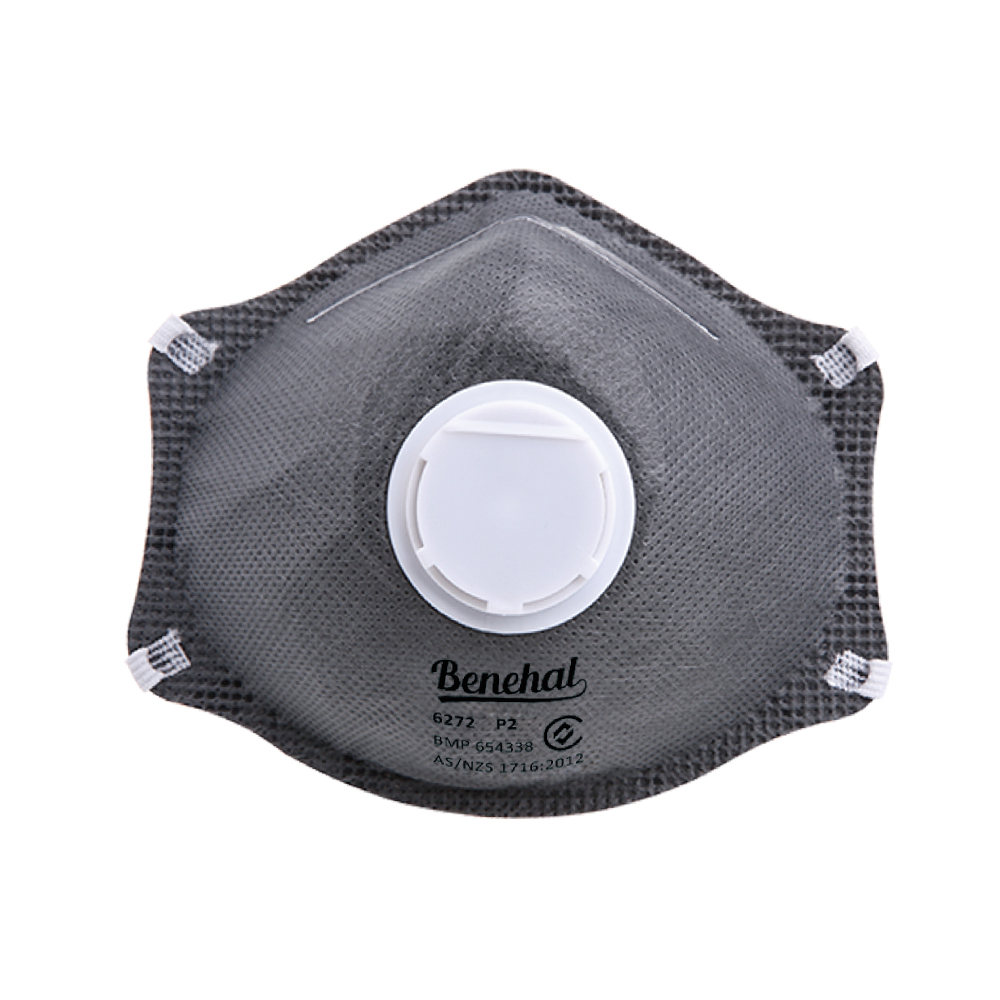
P2/N95 face masks are readily accessible at hardware shops and other retailers that specialize in the sale of safety equipment.
Putting on the mask and making sure it fits properly
Spend some time getting a good idea of the shape and size of the face mask that would work best for you. Before going into any potentially hazardous area, a P2/N95 face mask should always be examined to ensure that it fits properly. During fit checks, a mask is adjusted so that it completely covers the bridge of the nose and mouth and that there are no gaps in the seal that forms between the mask and the wearer’s face.
It is imperative that P2 face masks be constantly worn in accordance with the guidelines provided by the manufacturer.
Step-by-step instructions for donning a P2/N95 face mask and performing a fit test
1. Take off your spectacles and your cap. Long hair should be secured back with a tie or braid so that it does not get entangled in the straps of the breathing protection.
2. Place the P2 mask over your nose and mouth, making sure that the nose piece is positioned at the very top of the mask.
3. Position the headband or the ties at the base of the neck and over the top of the head.
4. Ensure a seal across the bridge of the nose by pressing the mask firmly against the face.
5. Ensure that there is a seal over the cheeks and the face by applying pressure to the mask; and
6. Perform a fit check by softly breathing through the mask to test its ability to seal properly. If the mask is not brought in towards the face or there is air leaking around the facial seal, the mask has to be readjusted and the procedure needs to be repeated or the mask may have a flaw. If the mask continues to leak, you may want to look into purchasing an alternative size or model of the mask.
People who have facial hair, such as beards, should shave before wearing a P2 mask since it is impossible to ensure a proper seal between the mask and the wearer’s face when they have facial hair.
Taking off the P2 mask on one’s face
Instructions for taking off a face mask type P2/N95
1. It is important to refrain from contacting the mask’s surfaces as they will be polluted. Leaning forward, pull the straps from the back of your head forward in order to remove the mask.
2. Place the used mask in a trash can that is known to contain hazardous garbage (or closable bin).
3. Use soapy water to properly wash your hands and arms, or an alcohol hand massage, and then dry them well.

Preserving an efficient level of protection
- If the mask becomes wet, you should get a new one.
- If you handle a used mask or throw one away, you should wash your hands.
- Before taking off the mask, make sure you are completely out of the area that might be polluted first.
- While the mask is being worn, you should avoid touching it in any way.
- After removing the P2 mask from your face, you should not put it back on (always use a new mask instead)
- It is important that you do not wear the mask around your neck or let it rest on top of your head.
Please be aware that the guidelines provided here should not be used in lieu of the current recommendations for the use of personal protective equipment by healthcare professionals or employees in any other industry.
What are the key distinctions between a P2 mask and an N95 mask?
It is a difference that is difficult to establish, and the government makes it much more difficult by failing to differentiate between the two in the resources that they provide. They are both half-face particulate respirators that filter out more than 94% of airborne particles, and they are both manufactured to protect against biologically active particles such as those generated by the COVID-19 virus. The N95 mask and the P2 mask both filter out more than 94% of airborne particles. Visit http://cataract-operation.com/p2-masks-vs-surgical-masks/ to read about P2 Masks vs Surgical Masks.
To a large extent, the fact that the N95 mask and P2 masks comply to distinct sets of standards in various countries accounts for the distinction between the two types of face coverings.
N95 masks are compliant with NIOSH (following the testing criteria of the United States and Canada), while a P2 mask is compliant with the AS/NZS1716 standards for use in Australia and New Zealand, which are compliant with EC regulations (European testing requirements).
N95 vs. P2 mask specifications
There are certain distinctions between the two since they are made to conform to various standards. These standards caused the discrepancies. In line with the testing standards established by the United States, N95 masks are evaluated for their ability to filter air at a flow rate of 85 liters per minute, while a P2 mask is evaluated at a flow rate of 95 liters per minute.
In addition, in order to be certified and licensed for sale, a P2 mask is necessary to a human subject to wear the mask during a fit test. In accordance with the NIOSH regulations, N95 masks do not need to meet this condition.
A P2 mask is required to have something called “exhalation resistance” according to the standards AS/NZS1716. This means that it should be simpler to breathe out of the mask. In addition, Australia mandates that manufacturers test P2 masks for CO2 clearance. This is done to prevent carbon dioxide from accumulating within the respirator while it is being used. N95 masks are exempt from the same testing requirements as other masks.
A P2 mask is needed to filter at least 94% of airborne particles, while N95 masks are required to filter at least 95% of such particles in order to adhere to their respective standards. In light of the aforementioned, our AMD P2 masks have a nano-filter that surpasses these criteria by filtering out 99.66% of the airborne particles. Click here to read about Ear loop respirators/masks that do not provide protection as tight fitting RPE.




